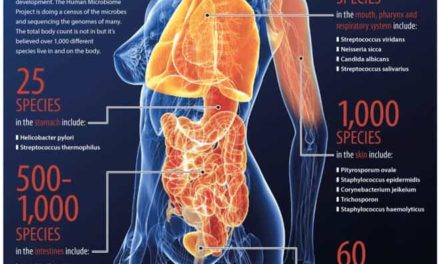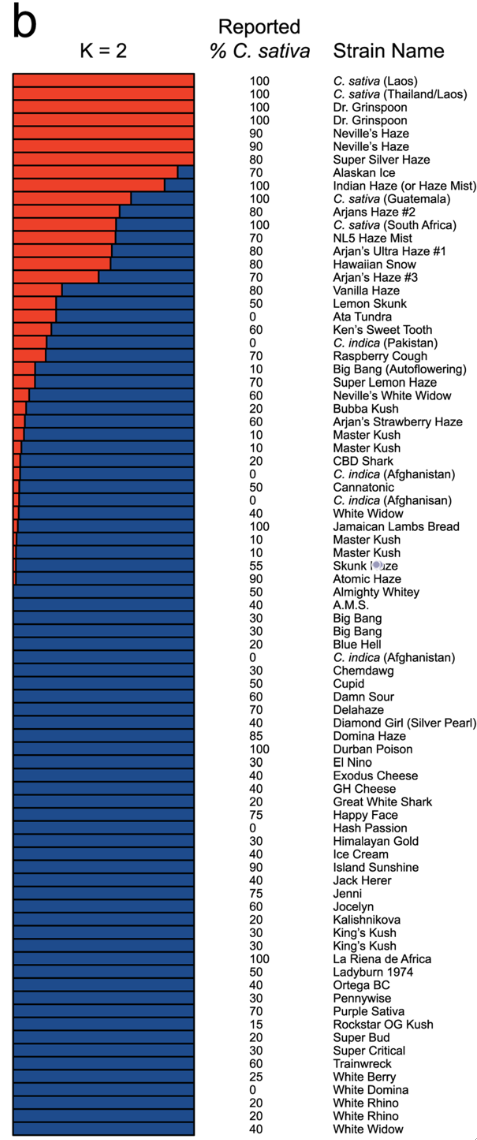By Fred Gardner
On October 4 2019, PLoS One published “Substitution of marijuana for opioids in a national survey of US adults” by a team at the San Francisco VA Medical Center. Here’s the abstract, with the bottom line in boldface:
Opioid prescriptions for chronic pain and subsequent opioid-related complications have risen dramatically in the US. Recent data suggest that medical marijuana laws have been associated with lower state-level opioid overdose mortality. In a national survey, we examined the prevalence of substitution of marijuana for opioids among US adults taking opioids for pain.Using GfK’s KnowledgePanel, we conducted an Internet-based survey of a nationally representative sample of 16,280 adults in 2017 about individual perceptions and use of marijuana. We developed questions designed to assess the extent and reasons for substitution of marijuana for opioids. We examined opioid substitution among respondents with a history of ever using marijuana who used opioids in the past 12 months. There were 9,003 respondents, corresponding to a 55.3% response rate. The mean age was 48 years. Among the 5% (n = 486) who reported ever using marijuana and using opioids in the past year, 43% used opioids daily, and 23% reported current (past 30 day) marijuana use. Forty-one percent reported a decrease or cessation of opioid use due to marijuana use; 46% reported no change in opioid use; and 8% reported an increase in opioid use. We found that a substantial number of US adults reported that they substituted marijuana for opioids.
“Opioids are undoubtedly the analgesic of choice in treating acute pain. For chronic pain, however, I recommend the protocol proposed by a doctor named Fronmueller to the Ohio Medical Society in 1859: primary use of cannabis, resorting to opiates for episodic worsening of the condition. Efficacy is maximized, tolerance and adverse effects are minimized. (Neither cannabis nor human physiology has changed since 1859.)”
Our most recent issue, Winter 2018/19, featured a report by Dustin Sulak, DO, headlined “Cannabis enables pain patients to cut opioid use; Availability would reduce ER visits and OD deaths.”





